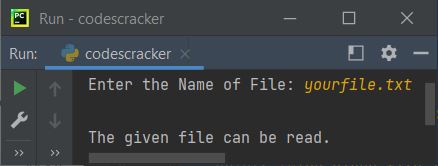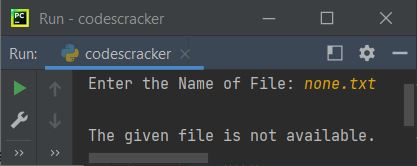- Python Built-in Functions
- Python All Built-in Functions
- Python print() Function
- Python input() Function
- Python int() Function
- Python float() Function
- Python len() Function
- Python range() Function
- Python str() Function
- Python ord() Function
- Python chr() Function
- Python ascii() Function
- Python pow() Function
- Python type() Function
- Python List Functions
- Python list() Function
- Python insert() Function
- Python append() Function
- Python extend() Function
- Python pop() Function
- Python remove() Function
- Python reverse() Function
- Python sort() Function
- Python sorted() Function
- Python Dictionary Functions
- Python dict() Function
- Python update() Function
- Python get() Function
- Python keys() Function
- Python setdefault() Function
- Python fromkeys() Function
- Python items() Function
- Python popitem() Function
- Python Tuple Function
- Python tuple() Function
- Python Set Functions
- Python set() Function
- Python frozenset() Function
- Python String Functions
- Python split() Function
- Python join() Function
- Python format() Function
- Python replace() Function
- Python Iterator Functions
- Python iter() Function
- Python min() Function
- Python max() Function
- Python sum() Function
- Python count() Function
- Python index() Function
- Python copy() Function
- Python clear() Function
- Python next() Function
- Python filter() Function
- Python enumerate() Function
- Python zip() Function
- Python reversed() Function
- Python Number Functions
- Python abs() Function
- Python bin() Function
- Python oct() Function
- Python hex() Function
- Python round() Function
- Python divmod() Function
- Python complex() Function
- Python File Handling Functions
- Python open() Function
- Python read() Function
- Python readable() Function
- Python readline() Function
- Python readlines() Function
- Python write() Function
- Python writable() Function
- Python writelines() Function
- Python close() Function
- Python seek() Function
- Python tell() Function
- Python flush() Function
- Python fileno() Function
- Python truncate() Function
- Python Class Functions
- Python object() Function
- Python property() Function
- Python getattr() Function
- Python setattr() Function
- Python hasattr() Function
- Python delattr() Function
- Python classmethod() Function
- Python staticmethod() Function
- Python issubclass() Function
- Python super() Function
- Python Misc Functions
- Python all() Function
- Python any() Function
- Python isatty() Function
- Python bool() Function
- Python callable() Function
- Python globals() Function
- Python locals() Function
- Python dir() Function
- Python id() Function
- Python isinstance() Function
- Python map() Function
- Python repr() Function
- Python slice() Function
- Python vars() Function
- Python Advance Functions
- Python help() Function
- Python hash() Function
- Python breakpoint() Function
- Python bytes() Function
- Python bytearray() Function
- Python memoryview() Function
- Python compile() Function
- Python eval() Function
- Python exec() Function
- Python Tutorial
- Python Tutorial
- Python Examples
- Python Examples
Python readable() Function
The readable() function in Python, used to check whether a file is readable or not. The function readable() returns True if the file is readable, otherwise returns False.
Python readable() Function Syntax
The syntax to use readable() function in a Python program is:
file.readable()
where file indicates to the file pointer or file object or file handler, whatever you say.
Python readable() Function Example
Here is an example program, uses readable() function to check whether the file entered by user can be read or not:
print("Enter the Name of File: ", end="") filename = input() fp = open(filename, "r") if fp.readable(): print("\nThe given file can be read.") else: print("\nThe given file is not readable.")
Before executing the above program, be sure to create a file inside the current directory. Because in my case, I've a file named yourfile.txt available in my current directory. Therefore, let's take a look at the sample run of above program, shows in the snapshot given below:

The question may arise in your mind is, what if the entered file by user at run-time is not available (exist) in the current
directory ?
The answer is, if the file does not exist in the current directory, then the above program raises error.
Therefore let's modify the program and create another one to handle that error:
print("Enter the Name of File: ", end="") filename = input() try: fp = open(filename, "r") if fp.readable(): print("\nThe given file can be read.") else: print("\nThe given file is not readable.") except FileNotFoundError: print("\nThe given file is not available.")
Here is its sample run with user input none.txt a non-existing file:

« Previous Function Next Function »